Following the rollout to over 11,000 iPads to the 2018 freshman class, Ohio State University has started to see the benefits of their ambitious program including improvements in grades, higher campus engagement, and the eventual savings of millions of dollars for students.
When The Ohio State University partnered with Apple to provide 65 thousand iPads over the next five years to its entire campus, it meant more than just giving each student a cool piece of tech. The deal marked a profound shift in university's investment in technology, one that would have far-reaching implications.
Announced in October of 2017, the partnership has Apple supplying hardware and software to students as Ohio State folds the devices into its curriculum. OSU also committed to building an iOS development laboratory for the school and the local community.
"This unique program will give students access to the incredible learning tools on iPad, as well as Apple's new coding curriculum that teaches critical skills for jobs in some of the country's fastest-growing sectors," Apple CEO Tim Cook said at the time." I'm thrilled the broader central Ohio community will also have access to coding opportunities through Ohio State's new iOS Design Lab."
With the 2018 freshman class, Ohio State has started the rollout of iPads after a smaller trial run with a general chemistry class.
Ohio State's CIO Mike Hofherr sat down with AppleInsider at the annual Jamf Nation User Conference to talk about the progress of the rollout thus far.
During that trial, OSU noticed a few things that helped shape the program going forward. Initially, they saw that the best students in the class performed even better, while the lowest performing students started to do worse. OSU hit pause and delved deeper into how the tablets were impacting their studies.
What they learned was that some students had to not only learn the course material but learn how to use the tablets as well. Most everyone can use an iPad, but they are conditioned to use it to play games and stream videos instead of taking notes or learning to code.
So, the university spent time helping students learn how best to utilize the iPads, and when they hit resume, both the highest and lowest performing students all showed significant improvement.
As you'd expect with an iPad, the students have many options for use. Beyond the basics like note taking and multimedia capture, they can access Ohio State's learning management system called Carmen, plus the My OSU app which is designed to introduce new students to campus services, information, and more.
iPad roll-out
Each year will see a new class receive iPads, with the entire student body equipped with the tablets by year four. In total, the effort will see roughly 65,000 units in use after the four year deployment.
OSU doled out a 10.5-inch iPad Pro, an Apple Pencil, a case, and a keyboard to students in waves, issuing 250 kits a day for 60 days. The university saw only two technical issues throughout the entire process. At the end of their time at Ohio State, students get to keep their devices. Offering such a compelling benefit to students in the form of an iPad kit can be a winning proposition compared to other universities, so Ohio State is hoping for improved student retention as a result of the program.
So far, the response from students has been overwhelming. Out of the 11,500 students receiving the iPads so far — 500 more than OSU was expecting — only eight students said they'd prefer not to use the devices.
Course material, and textbook revolution
What may be most exciting for students though is the prospects for digital textbooks. Ohio State is working to get access to entire catalogs from publishers for students at a single, low price. This pay-once access may be a while off, so for the time being, there are still other substantial efforts OSU has put forth.
Starting with lower-level general education classes, OSU is looking to launch their own digital bookstore for much cheaper textbooks. In the chemistry class OSU trialed the digital initiative, students paid $20 for the digital copy of the course materials, rather than $250 for the physical copy.
Students at Ohio State alone spend $61 million a year on textbooks. To help teachers move to this new media quicker, Ohio State has launched the Affordable Learning Exchange (ALX). The new program supports efforts to replace expensive textbooks with open education resources. With this new initiative alone, OSU is expecting to reduce that number to $50 million in 2020 and $30 million by 2025, with the endgame being erasing it completely.
 Andrew O'Hara
Andrew O'Hara
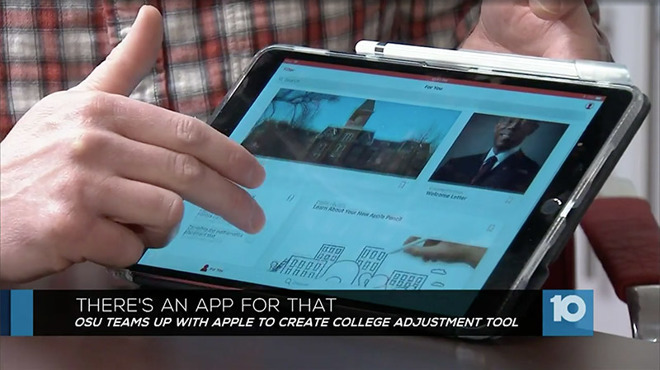



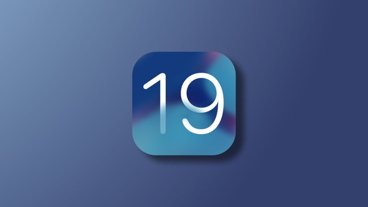



-m.jpg)





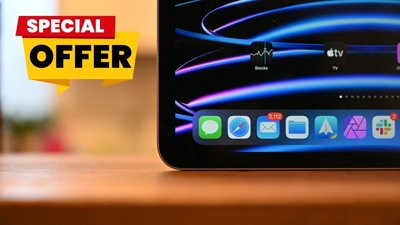
 Christine McKee
Christine McKee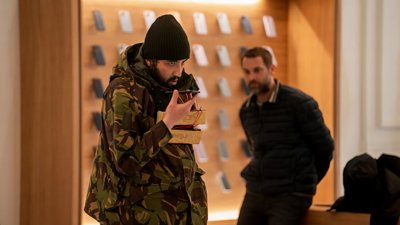
 Malcolm Owen
Malcolm Owen
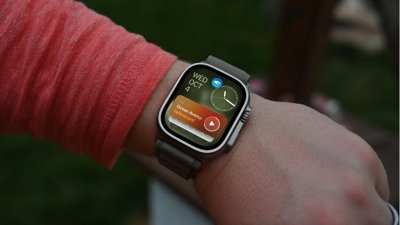
 Charles Martin
Charles Martin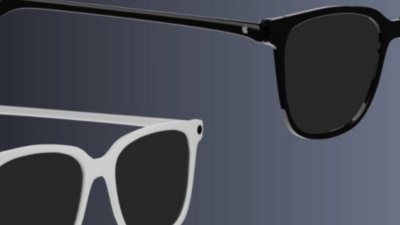
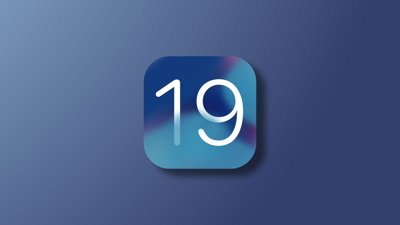
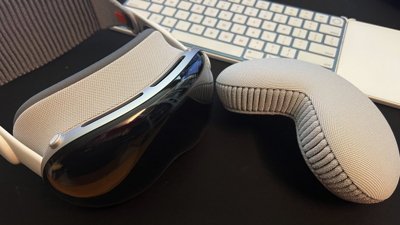
 Mike Wuerthele
Mike Wuerthele
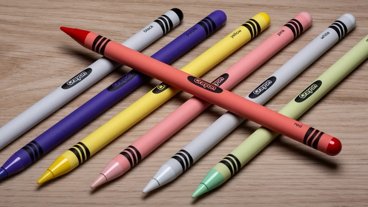
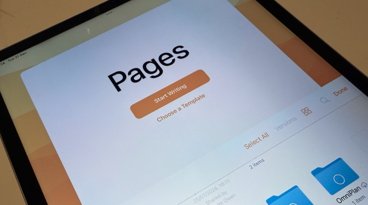
-m.jpg)






20 Comments
Solution to low rate of millennial voting: there’s an app for that. When States climb out of their dusty old voting laws and make voting online happen, millenials may vote at even HIGHER rates than others. Grandma and grandpa stuck with snail mail long after email had taken over. Problem is, Grandpas and Grandmas are making the decisions about how elections should be run. Demand voting for the 21st century NOW.
Apple disrupting yet another industry: college textbooks. Without even directly taking action.